Introduction to Sedums and Perennial Plants
Say hello to sedums, the rugged charmers of the plant kingdom! If you haven’t met these resilient beauties yet, you’re in for a treat. Sedums, or stonecrops as they’re affectionately known, are a group of succulents that have mastered the art of survival in a variety of environments. Whether nestled on a rocky outcrop or basking in the sun of a garden path, these plants are the true personification of perseverance.
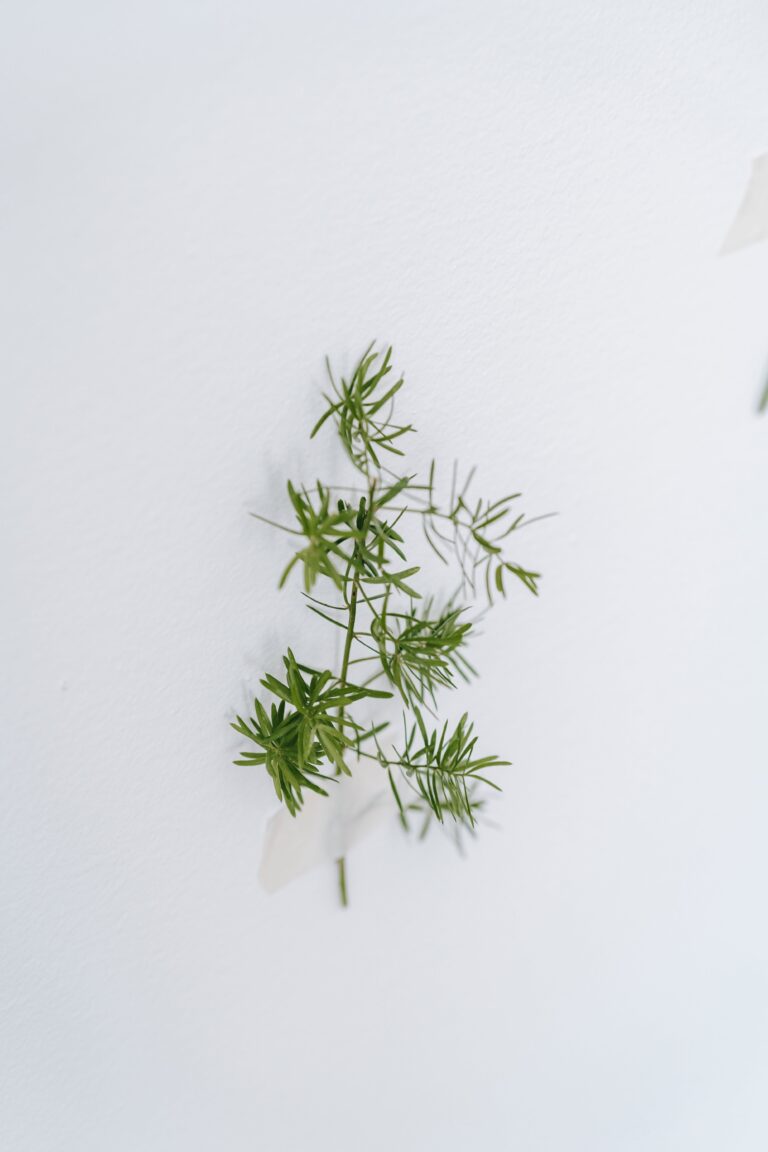
But what exactly makes a plant perennial? Well, perennial plants are the marathon runners of the flora world, returning year after year, growing stronger with each season. They’re not here for a sprint; they’re in it for the long haul. Unlike annuals, which bloom brightly for a single season before saying their goodbyes, perennials like sedums come back, offering a sense of continuity and dependability in your garden.
When you think about sedums, imagine a plant that refuses to give up. No matter what Mother Nature throws their way—be it scorching sun, biting frost, or drought—they stand tall and undaunted. This hardy nature is what slots them neatly into the perennial category. While other plants may wilt at the mere hint of adversity, sedums rise to the challenge, flaunting their lush foliage and vibrant blossoms through the seasons.
As we delve further into the world of sedums, we’ll explore not just their hardy characteristics but how they offer a symphony of texture and color to any landscape. With a myriad of shapes, sizes, and hues, these plants are a testament to nature’s creativity. So buckle up, garden enthusiasts, as we journey through the life of sedums and uncover the secrets of their perennial power.
Essential Sedum Characteristics
Picture this: a splash of vibrant hues framing your garden path, each petal and leaf brimming with life and color. That’s the magic of sedums, or stonecrops, a diverse group of succulents known for their distinctive features. Their plump, succulent leaves store water like camels in a desert, allowing them to thrive in soils that would leave other plants longing for moisture. Let’s tiptoe through a patchwork of shapes and sizes, where sedums weave a tapestry of ground covers to towering species.
Now, imagine that quilt of plants year after year. Why? Because sedums are not fair-weather friends; they’re hardy perennials that return each growing season. The variety is astonishing – from the compact domes of ‘Dragon’s Blood’ to the stately presence of ‘Autumn Joy’ – each bursting forth with kaleidoscopic flowers. Their adaptability is a gardener’s dream, as they bask in the full sun or dapple in part shade with equal ease.
Their reputation garners nods of approval from novice gardeners and green-thumbed wizards alike. Why? Sedums ask for so little: a bit of sunshine, a sprinkle of rain, and a corner to call their own. In return? An evergreen presence through frosty winters and a summer spectacle that’s an absolute bee magnet. Speaking of tips for your green companions, why not explore more ways to make your succulents prosper? It’s not just about sedums; it’s about creating a sanctuary where every leaf and stem feels cherished.
Additionally, their tenacity makes them champions of challenging spots. Rocky hillsides, living roofs, and that sunny strip by the driveway that seems to cook everything else? All prime real estate for these steadfast survivors. They weave through adversity with a gardener’s grace, asking for nothing more than your admiration. Sedums are not merely plants; they’re a testament to endurance and beauty in the plant kingdom.
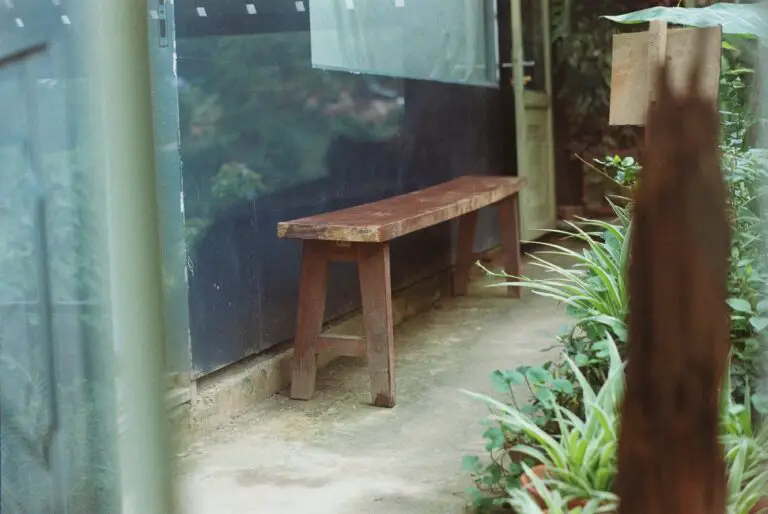
Varieties of Sedums: Diversity in the Perennial World
When you embark on the verdant journey of gardening, sedums cast a spell with their diversity and adaptability. Not just another pretty face in the garden, sedums, also known as stonecrops, are the sturdy warriors of the perennial world.
Sedums come in an array of forms and colors, embodying the saying “variety is the spice of life”—and gardens! Many species of sedums enjoy perennial status and are more than happy to return to your garden year after year. Among the most beloved is Sedum spectabile, with its robust, frost-resistant nature making it a steadfast winter companion. Meanwhile, the low-growing Sedum acre can blanket your garden floor with a sunny flush of yellow blossoms.
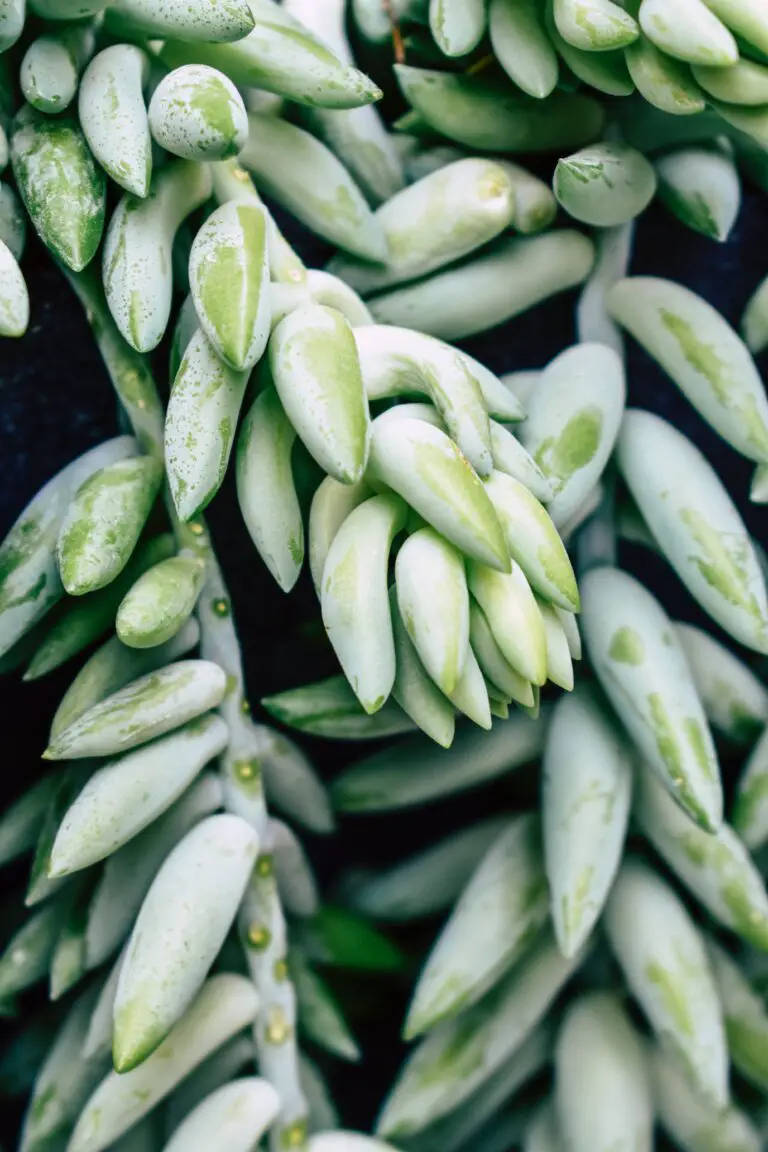
The beauty of sedums lies not only in their resilience but also in their capacity to complement different garden styles. Rustic, formal, or whimsical—there’s a sedum for every mood. The Sedum ‘Autumn Joy’, a gardeners’ favorite, offers a late-season bloom when most plants are winding down, providing a warm autumnal embrace to a fading garden ballet. Sedum reflexum, with its sprightly evergreen foliage, is a prime candidate for breathing life into rock gardens.
Whether you’re looking to add some zest to a container concoction or seeking a drought-tolerant hero for that sun-soaked slope, sedums are there to add textural contrast and a profusion of pollinators. Their thick, succulent leaves are designed to store water, making them ideal for dry and arid climates or for gardeners cultivating their green thumbs with drought-smart landscapes.
Embracing a wide range of colors and forms, there’s a sedum out there to match your garden dream. From the soft pinks of ‘Brilliant’ to the deep purples of ‘Purple Emperor’, these perennials paint your garden with a broad stroke of the artist’s palette. And when the cooler months roll in, sedums don’t shy away; they don their winter armor, offering a rare persistence in the face of frost’s icy grip.
Loading your landscape with these succulent stunners not only promises a year-round spectacle but also invites a symphony of wildlife. Butterflies and bees are sedum’s frequent guests, turning gardens into living, thriving ecosystems. The juxtaposition of the humble bumblebee against the stoic sedum is a testament to nature’s enduring partnerships.
So whether you’re planting a patch from scratch or infusing new life into a seasoned garden, a glance toward the trusty sedum might just unveil the perennial powerhouse you’ve been searching for.
Caring for Sedum Perennials
If you’re looking for a low-maintenance plant that still makes a statement in your garden, sedums are your go-to perennial. These hardy beauties are not just about surviving; they thrive with just a little TLC. Let’s transform your sedums into the envy of the neighborhood with some straightforward care tips.
Soil Preferences: The Foundation of Growth
The secret to sedum success starts beneath the surface. Sedums are quite the adaptable bunch, but they have a soft spot for well-draining soil. Imagine your sedum’s roots like tiny sponges, and just like any sponge, they don’t want to sit in water for too long. If you’re working with clay-heavy soil, consider amending it with sand or gravel to get that drainage just right.
Watering Routines: A Balanced Sip
Think of watering your sedums as a zen practice – it’s all about balance. These plants are like the camels of the plant world; they store water in their succulent leaves and stems, enabling them to withstand some drought. As a rule of thumb, give them a drink when the soil feels dry to the touch. Overwatering? That’s a no-no. It’s the fast track to root rot, and no one wants that.
Sunlight Requirements: Basking in the Glory
These perennials love a good sunbathing session. They crave the sunlight like a cat craves that sunny spot on the windowsill. Plant your sedums somewhere they can soak up at least six hours of the sun’s rays each day, and they’ll reward you with vibrant foliage and blooms. Partial shade is okay for some varieties, but full sun is their happy place.
Pruning Techniques: A Little Off the Top
Pruning isn’t just a fancy affair for roses and bonsais; your sedums will also appreciate a trim now and then. It’s like giving them a fresh haircut to encourage more growth and bushiness. Early spring is prime time to pinch back the taller varieties. Later on, after the blooming bonanza, snip off the spent flowers and any unruly stems to keep your plants looking fit and tidy.
For an insider’s scoop on sedum care, check out this handy guide that walks you through the do’s and don’ts.
Remember, these low-maintenance plants aren’t asking for much. A little attention to their soil, water, and sun needs, plus a pinch here and a snip there, and you’ll have a flourishing sedum garden that practically takes care of itself. With these tips, caring for sedum perennials is as breezy as a walk in the park!
Seasonal Behavior of Sedum Plants
Sedums are the marathon runners of the plant world, embracing each season with vigor and resilience. These hardy perennials have a fascinating growth cycle that aligns perfectly with the ebb and flow of the year’s seasons. So, let’s delve into the life of sedums through the calendar and understand just how these remarkable plants stick around year after year.
When spring awakens the world with its tender light and warmth, sedum plants burst forth from their winter slumber. You’ll see their fleshy leaves unfurl like banners, declaring the start of the growing season. In gardens and wild patches, their succulent growth spreads with purpose, unaffected by late frosts that panic other plants.
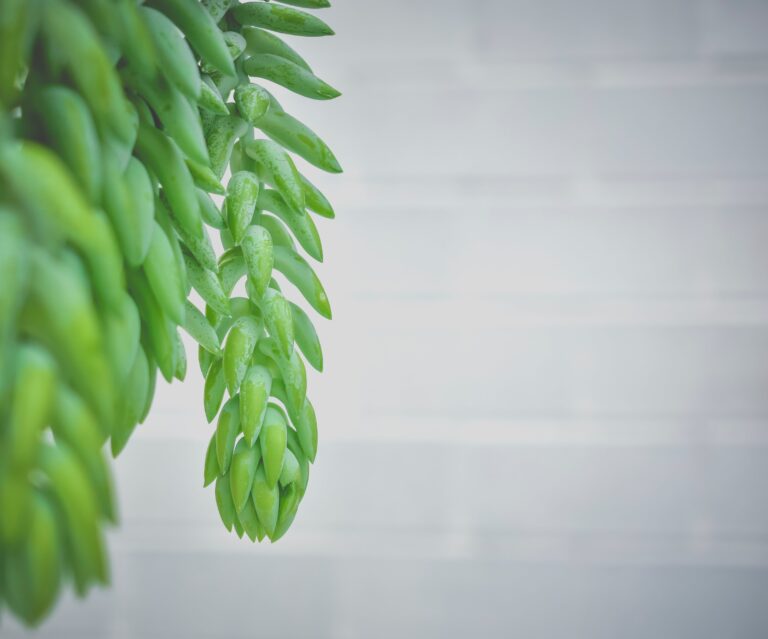
As the curtain of summer rises, sedums show off their full splendor. In this peak season, these plants are like the life of the party, showing off clusters of star-shaped flowers that draw in pollinators in droves. In the heat when others wilt, sedums stand tall, their water-storing leaves helping them thrive in even the toastiest conditions.
Autumn may signal the end for some, but sedums simply adjust their crowns and march on. Their leaves might take on a rustic hue, blending in with the fiery fall palette, offering a last hurrah before the frost. But don’t be fooled by this spectacle; they’re not bowing out just yet.
Winter is when sedums take their well-earned rest. Above ground, they may look sparse and lifeless, blanketed by snow or crisped by cold. Yet beneath the soil, their roots are alive and kicking, waiting patiently for the next round. When other plants might give up, sedum roots are plotting their comeback, storing up energy to surprise us again when spring inevitably returns.
In this cyclical dance with the seasons, sedums reinforce their status as true perennials. They’re not just surviving; they’re thriving, coming back stronger each year. While they may seem to vanish, they’re merely receding into their protective dormancy, ready to greet us again with vivacious growth as the cycle begins anew.
Sedums in Different Climates
When it comes to perennials that pack a punch in versatility, sedums take the center stage. But don’t just take our word for it—gardeners worldwide applaud these resilient plants for their ability to stand firm against Mother Nature’s mood swings. So whether you’re bracing for a snowstorm in the Rockies or sweating through a heatwave in the Mojave, there’s a sedum variety tailored to your climate’s quirks.
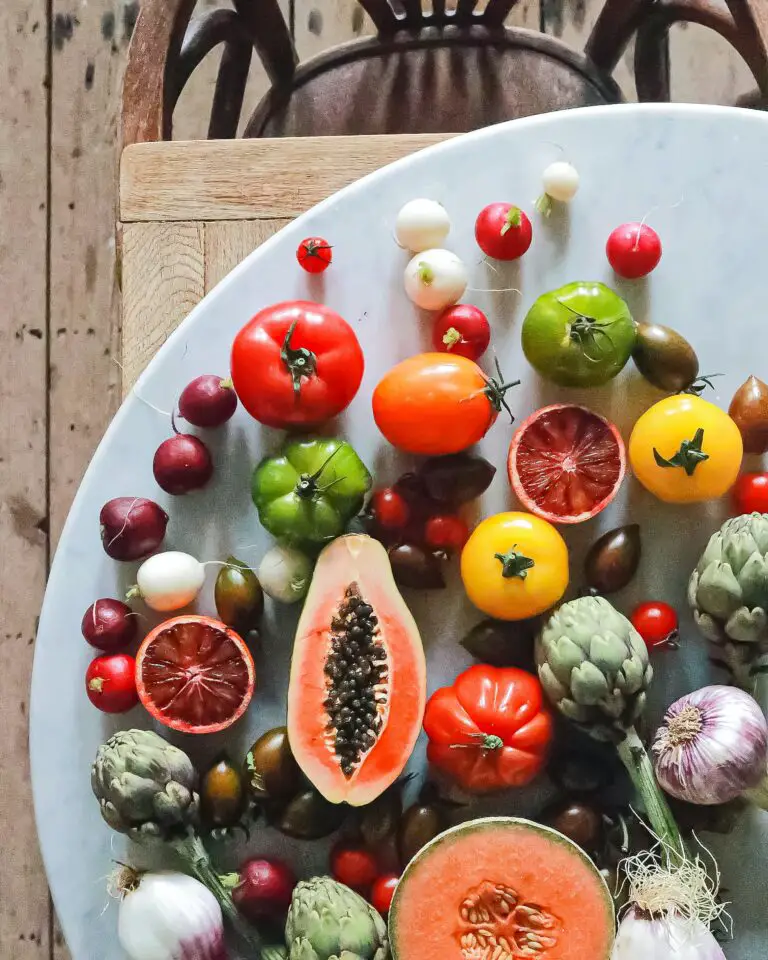
Imagine the tough-as-nails ‘Stonecrop’ sedums, hunkering down through biting cold snaps, their succulent leaves coated in frost, yet emerging unscathed when spring’s warmth returns. It’s this cold-hardy nature that endears them to gardeners in northern latitudes. On the flip side, you have the heat-loving ‘Dragon’s Blood’ sedum spreading its fiery red carpets in arid zones, where they soak up the sun without breaking a sweat.
But it’s not just extreme weather these champions can endure. Sedums are the epitome of ‘plant it and forget it,’ thriving in a mélange of conditions. They’re as content in the humid embrace of a southern summer as they are in the crisp air of an alpine altitude. As a gardener, choosing the appropriate sedum for your region’s wardrobe of weather can sometimes feel like selecting the perfect attire for a season’s ball—exciting and crucial.
Take, for instance, the story of a gardener from coastal Maine who reveled in the robustness of ‘Autumn Joy’ sedums. They marveled as the plants remained undeterred by salty breezes and unpredictable temperatures, blooming year after year with steadfast determination. Or consider the desert dwellers who dot their landscapes with ‘Blue Spruce’ sedums, turning their sun-baked gardens into oasis-like retreats with minimal water requirements.
In essence, sedums offer a botanical kaleidoscope, with each variety presenting its own palette of resilience. From the frost-resilient leaves of ‘Matrona’ to the drought-defiant spirits of ‘Cape Blanco,’ every sedum tells a tale of survival and beauty. Gardeners are afforded the delightful task of selecting these rugged yet elegant performers, ensuring their gardens not only survive but thrive, no matter what climate challenge comes their way.
Designing with Sedums: A Perennial Garden Staple
Immersing oneself in the world of gardening opens up a creative palette that’s bursting with color and life—especially when incorporating sedums, a true perennial favorite. These hardy succulents command attention, whether nestled among rocky crevices or blanketing the ground with an easy grace.
Sedums are the chameleons of the plant world, effortlessly adapting to various garden designs. Picture them as the unsung heroes of rock gardens, where their thick, fleshy leaves and sprawling nature soften rugged stones and thrive in the nooks of demanding terrains. They’re like nature’s most adaptable puzzle pieces, fitting seamlessly into landscapes that challenge other less resilient varieties.
Companion Planting with Sedums
When playing matchmaker in the garden, sedums are the perfect counterpart to other perennial stars. Imagine the silvery foliage of lavender contrasting against the deep greens and vibrant reds of sedum varieties, or the feathery textures of ornamental grasses swaying above a carpet of sedum groundcover—each plant elevating the other’s beauty. Their compatibility is a gardener’s dream, creating a rich tapestry of textures and colors that speak to the coherence of nature’s diversity.
A garden border graced with sedums speaks volumes of their versatility. Let them spill over edges, softening the hard lines of pathways and beds with their succulent leaves. In these applications, sedums are more than just plants; they’re living art, painting strokes of green that last through the seasons.
Sedums as Standalone Features
Don’t underestimate the visual punch sedums can pack when appointed as standalone features. A single, well-placed sedum can be a focus of contemplation, a meditative spot that draws the eye and centers the mind. Try a tall sedum variety in a statement-making planter, where its structural form becomes an architectural element in the garden’s living landscape.
And for those of us favoring the understated elegance of minimalism, sedums step up to the plate. A strategic arrangement of different sedum species, each with its unique hue and texture, can form a living mosaic devoid of excess yet full of life.
Let’s not forget, the conversation around sedums extends beyond the visual; they’re also champions of sustainability. Their drought-tolerance and low-maintenance nature make them an environmentally conscious choice for the modern gardener. Planting sedums is not only a nod to perennial elegance but a step towards a more sustainable gardening practice.
Indeed, whether showcasing their solo bravado or their amicable blending in group settings, sedums are the epitome of plant versatility. Embrace their presence and watch them transform your garden into an ever-evolving canvas of perennial charm. Now envision your own space, punctuated with the durable beauty of sedums—it’s not just a garden, it’s a symphony of resilient splendor.
Common Challenges and Solutions for Growing Sedums
When it comes to growing sedums, their hardy nature often misleads gardeners into thinking they’re indestructible. In reality, they face their own set of challenges, from the all-too-common overwatering to the nuisance of pests. Let’s walk through some typical scenarios you might encounter, punctuated by solutions that will keep your sedums thriving year-round.
Avoiding the Dangers of Overwatering
It’s a classic mistake: we love our plants, so we water them, sometimes too much. Sedums, like other succulents, prefer to stay on the dry side. Picture this: you’re giving your sedums what you think is a life-giving drink only to find their roots are drowning in excess moisture. The solution? A well-draining soil mix and a watering schedule that allows the soil to dry out between waterings is key. Remember, when in doubt, it’s better to underwater these drought-tolerant perennials.
Giving Pests the Boot
Pests can sneak up on the hardiest of sedums, bringing an onslaught of issues. Mealybugs, spider mites, and aphids might invite themselves to a feast at your plant’s expense. But don’t fret – a little vigilance goes a long way. Inspect your sedums regularly, and at the first sign of uninvited guests, isolate the affected plant. A neem oil solution or a gentle insecticidal soap can act as an eviction notice, ensuring that your sedums remain pest-free without harsh chemicals.
Solutions at Your Fingertips
Now that we’ve tackled some common sedum struggles, why not see these solutions in action? Below is a video packed with wisdom from a master succulent grower that will surely provide you with a few more secrets to ensure your sedums not only survive, but flourish.
Remember, every gardener’s journey comes with its highs and lows, but with the right approach, your sedums will be a testament to your gardening prowess. Keep the soil light, the watering can at bay, and those pests in check, and you’ll be enjoying the robust nature of your sedums for many seasons to come.
The Future of Sedums in Perennial Gardening
As gardeners look forward to the future landscapes, sedums are standing out as the quintessential low-maintenance, high-reward perennial. Known for their robust nature, sedums are making waves in the gardening community, not only for their aesthetic charm but also for their resilience. Let’s dive into the emerging role of sedums and how they are shaping the future of gardening.
Trendsetting with Drought-Tolerant Plants
In an era where water conservation is becoming ever more critical, sedums stand at the forefront of an evolving gardening trend. Their ability to thrive in dry environments with minimal watering is a godsend for gardeners facing water restrictions or those simply looking to reduce their ecological footprint. Imagine landscapes that remain lush and vibrant, even in the height of summer, with sedums providing a verdant tapestry of greens without the constant need for a sprinkler system.
Ease of Care – A Gardener’s Dream
The low maintenance requirements of sedums are another reason why they are becoming a staple in perennial gardens. These hardy succulents demand very little, often thriving in poor soil conditions where other plants might falter. For the busy homeowner or the garden enthusiast looking to enjoy more time admiring their garden rather than laboring in it, sedums offer a perfect solution.
Real-life examples abound where sedums have revolutionized garden spaces. Urban rooftops, once barren and uninviting, are now being transformed into lush, green oases thanks to the hardy nature of these versatile plants. Sedums are the heroes in these elevated gardens, providing green respite in concrete jungles.
New Varieties on the Horizon
Plant breeders are not resting on their laurels but are actively experimenting with sedums to create an array of new varieties. Gardeners can anticipate a future where sedums offer even more diverse color palettes, shapes, and sizes, suitable for any aesthetic preference. As these new varieties come to the market, we’re likely to see sedums featured even more prominently in garden designs.
Furthermore, the rising interest in eco-friendly and sustainable gardening practices signals a bright future for sedums as perennial favorites. As the world leans into plant choices that support biodiversity and ecosystem health, sedums are set to play a significant role in these green revolutions.
Incorporating a video that highlights some of these frost-tolerant sedums, we can better appreciate their role in resilient gardening practices:
Ultimately, the future of sedums in perennial gardening is one filled with potential and promise. As gardeners and plant enthusiasts continue to value sustainability, ease of care, and resilience in their plant selections, sedums are poised not just to grow, but to thrive, and redefine our connection with nature and our pursuit of beauty in the garden.
Frequently Asked Questions
When you’re strolling through a sunlit garden, bursting with vibrant, plump sedums, you may wonder, “Are these succulent beauties perennials?” The answer is a resounding yes! Sedums are the reliably hardy perennials that delight gardeners year after year. But let’s dig a little deeper—there’s so much to unearth about these resilient plants.
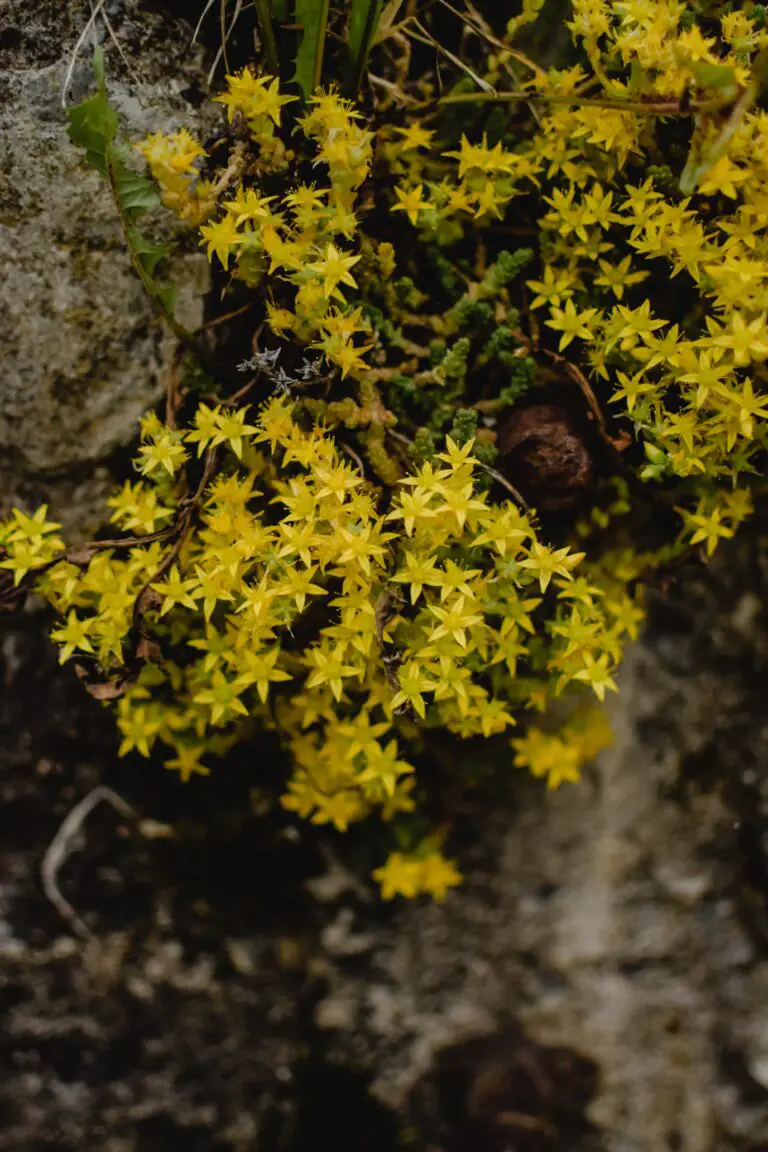
What Makes Sedums Such Hardy Perennials?
Sedums, also endearingly known as stonecrops, are like the superheroes of the plant world. With their ability to withstand drought and neglect, they laugh in the face of adversity. Picture a sedum in a rocky, dry slope, basking in the full sun, utterly unbothered by the harsh conditions. It’s their succulent leaves and stems that store water, enabling them to survive and thrive in tough spots where other plants might wave the white flag.
How Should I Care for My Sedums?
Care for sedums? More like how they care for us! These plants are remarkably low-maintenance. However, to see them truly flourish, plant them in an area with well-draining soil and plenty of sunshine. Remember, these are sun-worshippers! Water them sparingly, as their succulent nature makes them prone to rot if they’re too pampered with water. And when winter casts its chilly spell, fear not; sedums stand their ground, often adding a touch of frosty charm to the sleeping garden.
Can Sedums Fit into Different Garden Styles?
Absolutely! Sedums are the chameleons of the garden. Whether you’re crafting an English cottage garden or curating a sleek xeriscape, sedums are right at home. Visualize a ‘Moonlight Serenade’ sedum providing a cloud of soft yellow blossoms among your lavender and roses. Or perhaps a ‘Dragon’s Blood’ sedum, spilling its ruby-red foliage over a stone wall, mingling with ornamental grasses and sage. Their adaptability and variety make them a top pick for creating a harmonious and resilient garden mosaic.
So next time you find yourself admiring the plucky persistence of a sedum, whether it’s defying the urban concrete or accentuating a quaint, pebbled path, know that you’re gazing upon a true perennial powerhouse. With their tenacious spirit and enduring beauty, sedums will continue to captivate and inspire gardeners for seasons to come.



